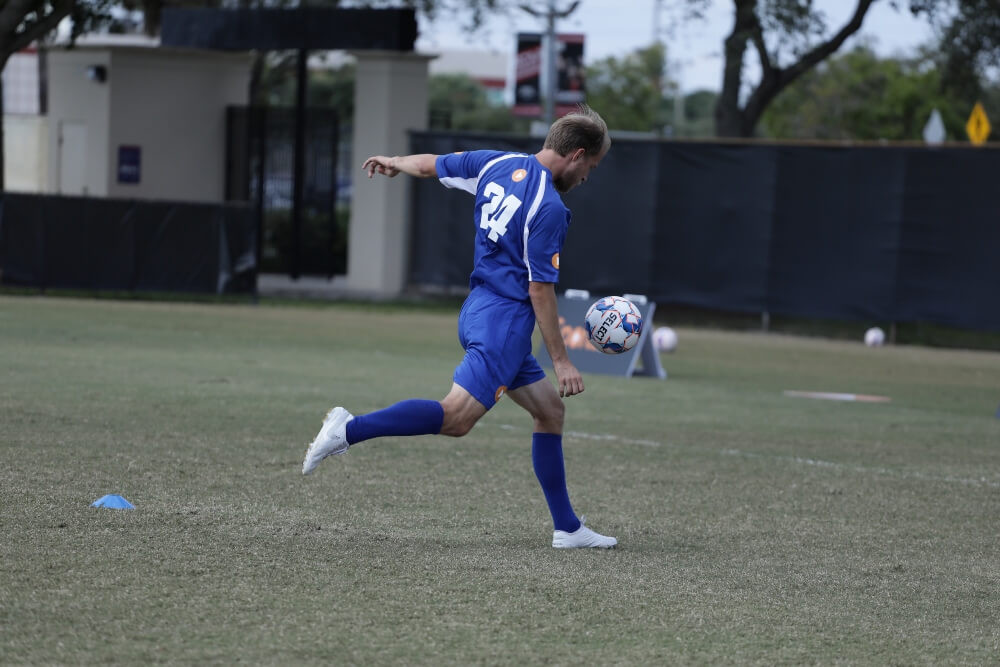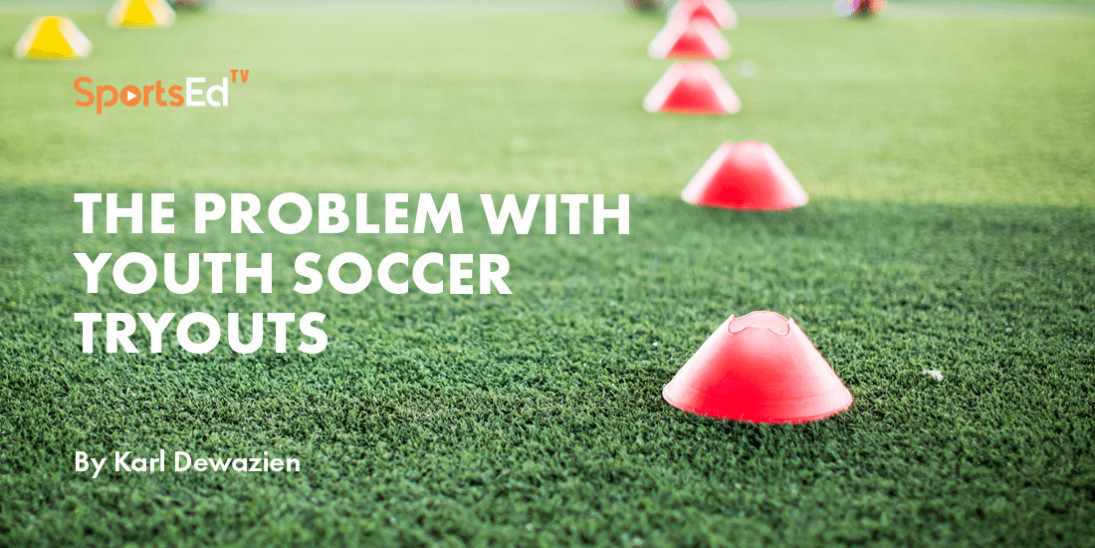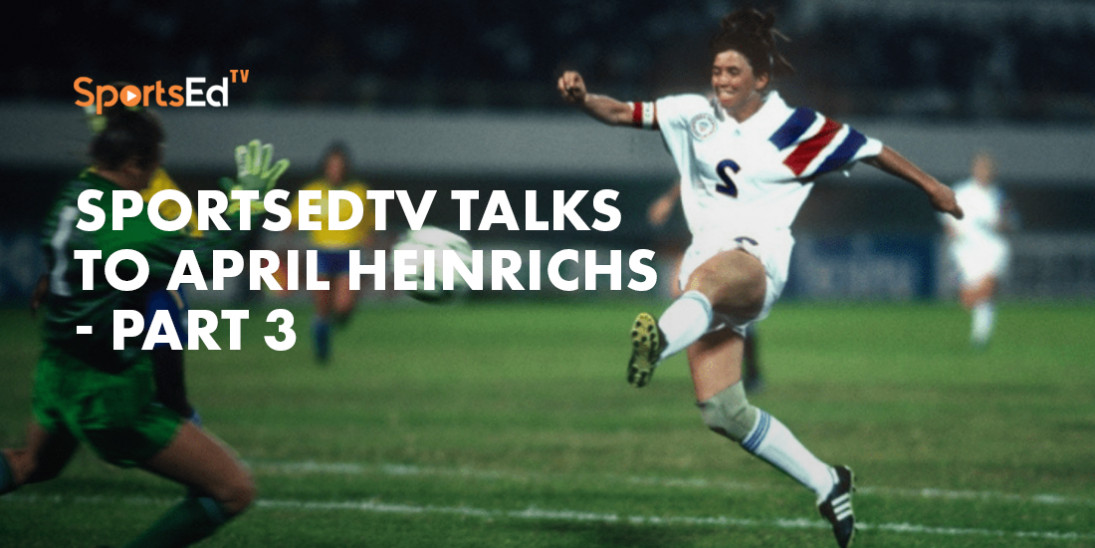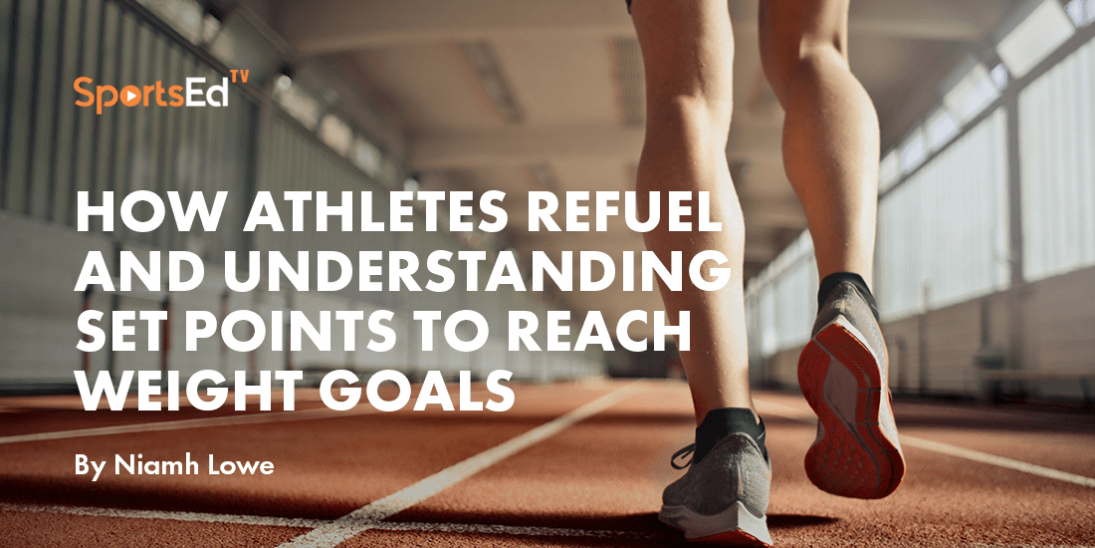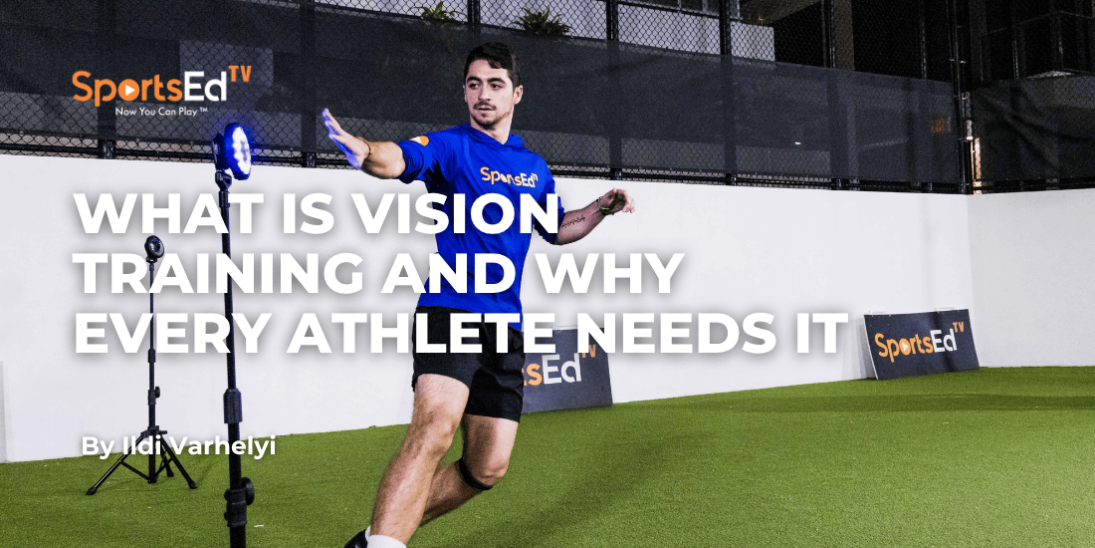Soccer
Welcome and thanks for visiting...

Load Monitoring in Soccer – Athlete Location Tracking – Part 2
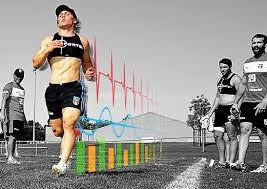 In Part 1 of this series, we talked about load monitoring in general, identified different types of loads, impact areas and insights to loads and load changes, with the focus to help optimize performance, improve readiness and minimize injuries.
In Part 1 of this series, we talked about load monitoring in general, identified different types of loads, impact areas and insights to loads and load changes, with the focus to help optimize performance, improve readiness and minimize injuries.
One sport that has adopted an advanced approach to load monitoring technologies and analysis is soccer, with it now being used in the majority of elite and professional programs. The metrics and insight can apply to all levels, even if at a reduced level of data access.
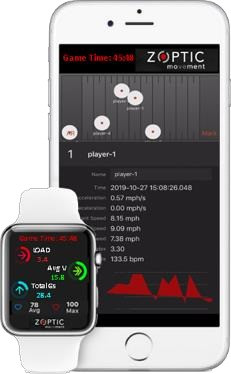 Many elite soccer programs currently utilizes performance and athlete metrics, athlete tracking data and advanced analytics to give daily snapshots and long-term data metrics. This data and insight help with a better understanding of player loads, non-contact injury loads, performance loads by position or athlete, advanced metrics within speed zones, quantity and levels of accelerations/decelerations, evaluation of player readiness and rehabilitation monitoring for improved Return to Play protocols. These loads help with better insight and perspective to help with training plans and developing injury resistant and game ready athletes.
Many elite soccer programs currently utilizes performance and athlete metrics, athlete tracking data and advanced analytics to give daily snapshots and long-term data metrics. This data and insight help with a better understanding of player loads, non-contact injury loads, performance loads by position or athlete, advanced metrics within speed zones, quantity and levels of accelerations/decelerations, evaluation of player readiness and rehabilitation monitoring for improved Return to Play protocols. These loads help with better insight and perspective to help with training plans and developing injury resistant and game ready athletes.
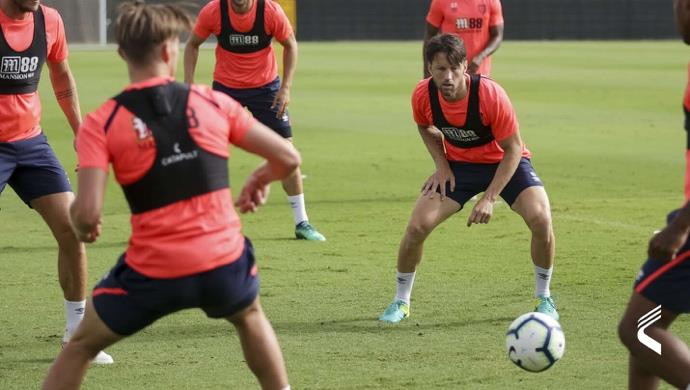 Athlete Tracking technologies utilizes a small wireless sensor worn on the athlete, usually between their shoulder blades, that can provide data metrics to give a real-time insight of basics loads. Most athlete tracking sensors now also have embedded IMU (Inertial Measurement Units), that include additional sensor such as accelerometers, gyros and magnetometers to provide 3D positioning, rotation, speed, accelerations, decelerations, and G-forces of impacts.
Athlete Tracking technologies utilizes a small wireless sensor worn on the athlete, usually between their shoulder blades, that can provide data metrics to give a real-time insight of basics loads. Most athlete tracking sensors now also have embedded IMU (Inertial Measurement Units), that include additional sensor such as accelerometers, gyros and magnetometers to provide 3D positioning, rotation, speed, accelerations, decelerations, and G-forces of impacts.
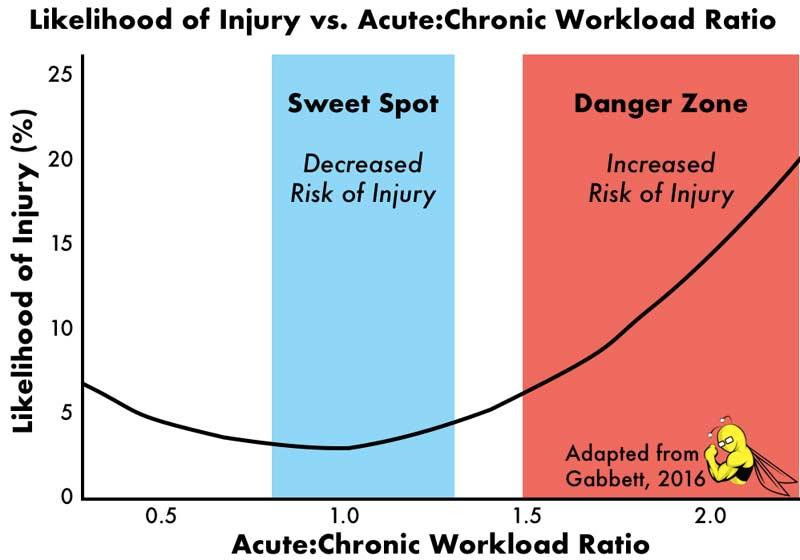 Utilizing this data set, many areas of load quantity and load types can be collected, and additional metrics can be calculated. Here are some of the key metrics from training and games that are used for player development, injury prevention, training planning and load monitoring in soccer:
Utilizing this data set, many areas of load quantity and load types can be collected, and additional metrics can be calculated. Here are some of the key metrics from training and games that are used for player development, injury prevention, training planning and load monitoring in soccer:
Volume of Training (allows coaches to monitor and adjust training plans and achieve load targets for training adaptation, planning and monitoring of over-training).
Acute to Chronic Load ratio (7-day average compared to 28 day average/4, to see when players fall outside of a targeted range of this ratio, i.e. when an athlete falls below or goes above the range, they may be heading towards a higher risk for soft-tissue injuries).
Acceleration/Deceleration Quantity and Zones (indicators of joint and muscle loads, as well as intensity and quantity of stops and starts, know to produce soreness and potential injuries).
Speed Zone Loads (low level to high-level sprints)- important to know how much time they have spent in the higher speed zones, that produce more stress on muscles and joints).
Max speeds (percentage of time athletes spend at max speed or within the high-speed zone that can be associated with injury risk and decreased performances).
Return to Play Loads (to track loads and types of loads for plan compliance and goal progression towards game and practice levels).
Collisions and ground-based impacts (for goalie load evaluation for G forces, collision event levels and count, and contact injury context).
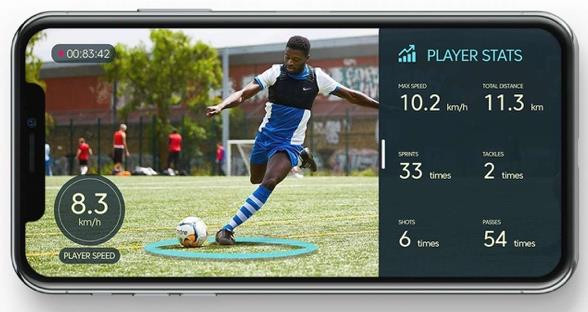
Many of these metrics have come out of sports performance research and are often tweaked in interpretation by sports performance professionals based upon their own evidence-based training, additional research, indicators from individual athlete’s data trends and monitored thresholds.
The setup of an Athlete Tracking systems involves having multiple anchors surrounding the field of play that can detect the positioning and receive sensor data reported multiple times a second from each player wearing a sensor. This data is usually fed real-time to a computer, tablet or smart device, where the coaches and athletic trainer can view charts, real-time metrics, advanced calculated analytics, movement paths and all the measurable loads for each athlete, group, or position and summary statistics for the whole team.
After each training session or game, the complete data set is then pushed to a cloud or spreadsheet which can provide summary statistics on individuals and the team. This is where the data gets aggregated with historical data, other loads and can be put through analytics to evaluate indicators of risk, trends and advanced analytics for follow-up training, recovery, rehab, associations with secondary load metrics and more.
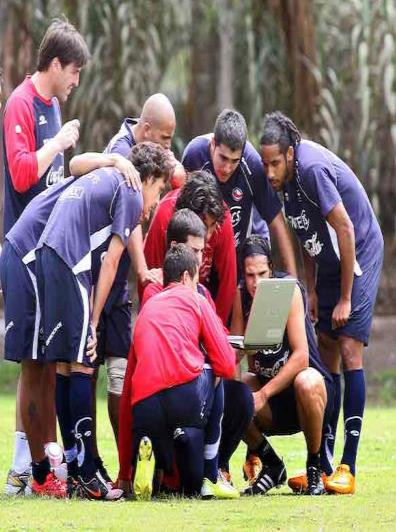 There are many companies producing athlete tracking technology solutions. There are pros, cons and sports specific features and differences that may prove to be better suited for your sport, team, budget or use. Obviously the budgets and access to the facilities of the professional sports markets differ greatly to that of elite sports clubs, high school and the different levels of colleges. Portable systems and a system’s ability to work in indoor/outdoor environments may make a system more suited for some applications. But overall, the need for the data and optimizing sports performance, reducing injuries and improving player development is still the same, no matter the competitive level.
There are many companies producing athlete tracking technology solutions. There are pros, cons and sports specific features and differences that may prove to be better suited for your sport, team, budget or use. Obviously the budgets and access to the facilities of the professional sports markets differ greatly to that of elite sports clubs, high school and the different levels of colleges. Portable systems and a system’s ability to work in indoor/outdoor environments may make a system more suited for some applications. But overall, the need for the data and optimizing sports performance, reducing injuries and improving player development is still the same, no matter the competitive level.
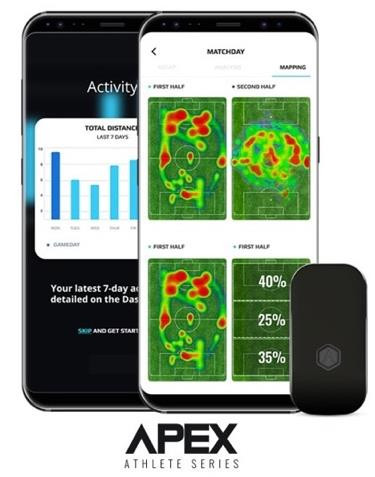 The sensors worn by the athletes, initially were GPS sensors utilized by developers of motion tracking systems and are still used within some current athlete tracking solutions today. With this type of setup, the primary markets were outdoor sports, such as soccer, football, and rugby and were not initially suitable for indoor use. Today, you will now find indoor solutions for getting accurate location tracking and inertial data for almost any sport. With the recent evolution of UWB (Ultrawide Band) technology, there are now more solutions for portable and indoor setups, and more affordable solutions to the broader base of athlete development. With wider spread adoption of this technology, there are also more standardized data analytics that will make this technology more applicable and understandable to these lower tiers of the athlete development pyramid and for coaching in these tiers.
The sensors worn by the athletes, initially were GPS sensors utilized by developers of motion tracking systems and are still used within some current athlete tracking solutions today. With this type of setup, the primary markets were outdoor sports, such as soccer, football, and rugby and were not initially suitable for indoor use. Today, you will now find indoor solutions for getting accurate location tracking and inertial data for almost any sport. With the recent evolution of UWB (Ultrawide Band) technology, there are now more solutions for portable and indoor setups, and more affordable solutions to the broader base of athlete development. With wider spread adoption of this technology, there are also more standardized data analytics that will make this technology more applicable and understandable to these lower tiers of the athlete development pyramid and for coaching in these tiers.
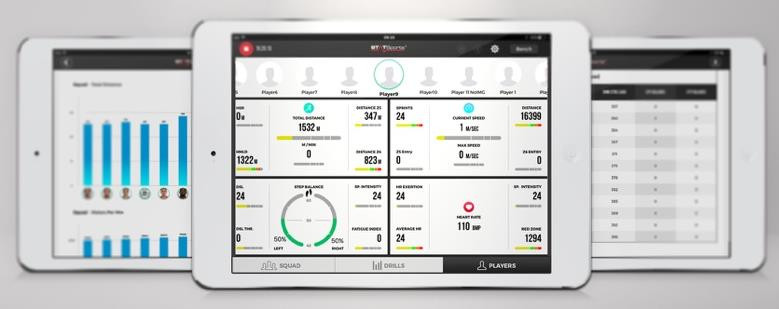
Data is sometimes seen as a negative and not an area adopted by the coaching ranks of youth athlete development. It’s true, athlete tracking systems generate a lot of data, and as previously suggested, there is a need for additional complementary external data gathering and analysis to optimize insights that are useful for sports performance. You don’t have to go to the same level that the professionals and elite collegiate programs are at. You can start small and evolve your data and monitoring as your comfort level adapts and you see the positive impacts. Realize that any new adopter of this technology will need to put quality time and prioritization into a successful plan to ensure you are getting the best out of your investment and quality of the data insight:
- Define your KPIs and external load variables to track.
- Know your sports key performance variables and what data you want to measure them against.
- Have tools and processes defined to get all data sets into one location.
- Allow time for development of your key stakeholders and operators.
- Ensure that you have athlete buy-in to the process through utilization of a few key variables that they will understand and will adopt to improve upon.
- Develop policies and data security measures as necessary.
- Plan to utilize this resource often and within a repetitive feedback cycle.
- Create a high-performance team environment to discuss the data reports, impact and changes to training plans and player development.
- Assign responsibilities for utilization of the technology and monitoring the data.
- Identify any real-time metrics that should be monitored.
- Be patient with the impact to long term goals, and use the daily data to make daily training plans and decision for early and achievable success.
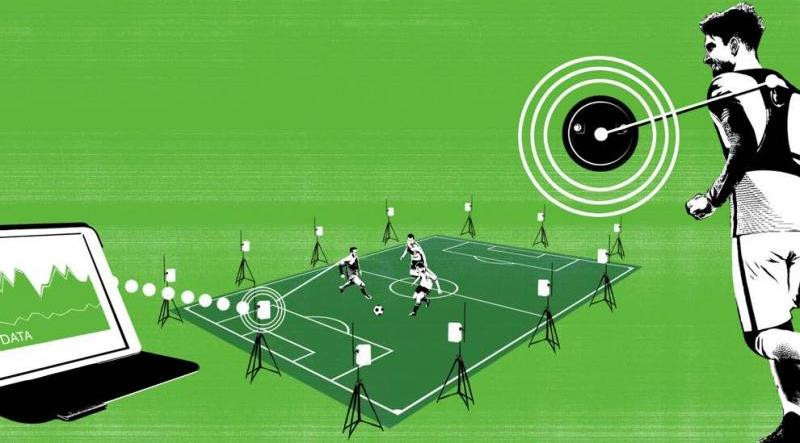
To learn more about GPS Athlete Data Monitoring in Soccer, ISTA (International Sports Technology Association), the Professional Sports Technology Institute and the PSATS (Professional Soccer Athletic Trainers Society) have jointly developed an CEU qualified educational course that goes into details of this technology and its use in Soccer. Numerous Athletic Trainers from Major League Soccer appear in the course and provide insight into a better understanding of how they utilize their knowledge of these loads in their everyday and long-term training, recovery, rehab, injury prevention and getting the athletes ready for game day.
The course is an introductory to mid-level course giving exposure to the many facets of utilizing GPS tracking technology in sports development. Although the course utilizes Soccer as the example sport, the technology, variables and utilization of the information is applicable to numerous sports.
The GPS Technology in Soccer course and CEUs are available through www.sportstechedu.com
ISTA (the International Sports Technology Association) is a BOC approved provider and able to offer BOC CEUs to Athletic Trainers for this course. This course also offers PSTI CEUs and approved by the NSCA, to offer CEUs for this course.
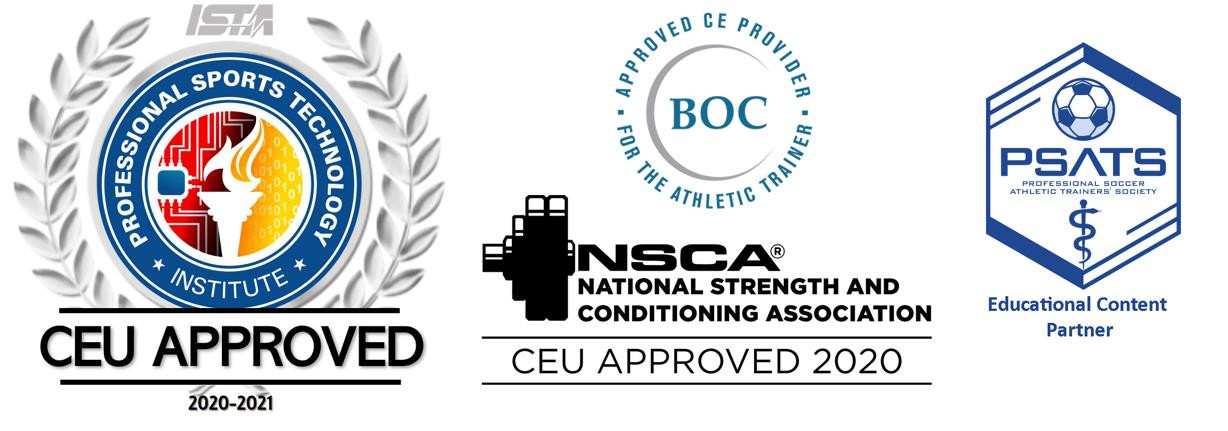
Read more:
Load Monitoring and Its Impact to Athlete Development – Part 1

